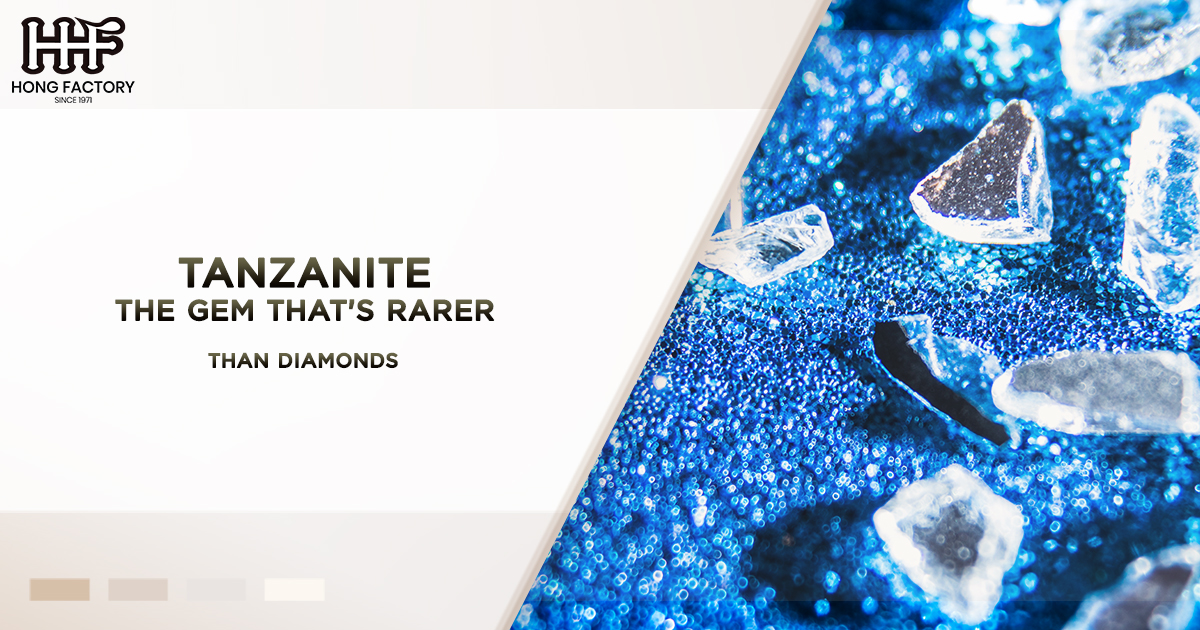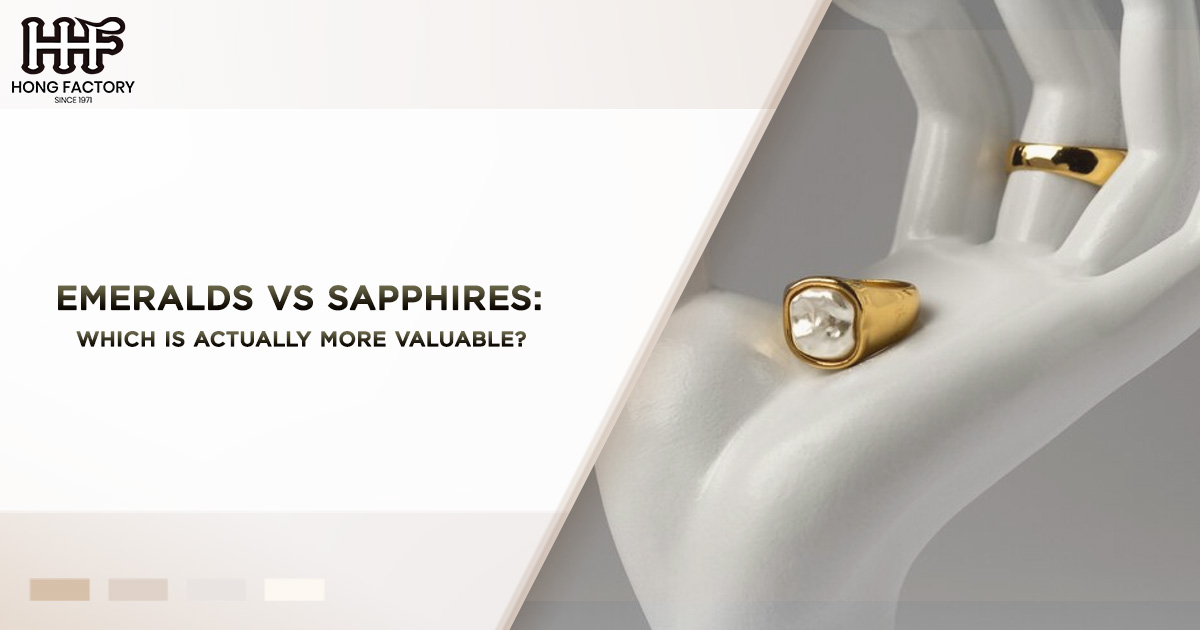Tanzanite is an extraordinary gemstone that has captured the attention of gem enthusiasts, collectors, and investors around the world. Known for its stunning violet-blue hues and exceptional rarity, this gem is truly one of a kind. In fact, tanzanite is estimated to be 1,000 times rarer than diamonds, making it a prized possession for those who admire rare gems.
In this article, we will explore the unique qualities of tanzanite through the lens of four essential aspects: rarity factors, value assessment, quality indicators, and investment potential. Whether you’re a seasoned gem enthusiast or a curious beginner looking to explore gemstone investments, this article offers an in-depth understanding of tanzanite and its significance in the world of colored stones.
Rarity Factors
When it comes to rare gems, tanzanite stands out as one of the scarcest natural treasures on the planet. But what makes it so rare? To understand the rarity of tanzanite, we need to examine its origin, limited supply, and geological uniqueness.
1. Origin of Tanzanite
Tanzanite is found exclusively in one location on Earth: a small area at the foothills of Mount Kilimanjaro in northern Tanzania. This limited geographical origin sets it apart from other gemstones, such as diamonds or sapphires, which are found in multiple locations around the globe.
The Merelani Hills of Tanzania, where tanzanite is mined, span a mere 14 square kilometers, making its availability highly restricted. Experts predict that the mines could be depleted within the next 20–30 years, further solidifying its position as a finite and precious resource.
2. Geological Uniqueness
Tanzanite is a variety of the mineral zoisite, and its unique violet-blue coloration is a result of trace amounts of vanadium within the crystal structure. The gemstone formed over 585 million years ago through intense heat and pressure, conditions that are incredibly rare and difficult to replicate.
What sets tanzanite apart is its pleochroism a property that allows it to exhibit multiple colors when viewed from different angles. Depending on the orientation, you may see shades of blue, violet, and flashes of burgundy, making every tanzanite gemstone distinct.
3. Limited Global Supply
Unlike diamonds, which are mined in dozens of countries across multiple continents, tanzanite is mined in just one small area. This single-source characteristic drives the gemstone’s rarity and exclusivity. Since the tanzanite supply is finite, future demand may far outweigh availability, further elevating its value.
Value Assessment
Tanzanite’s value is determined by various factors, including its color, clarity, carat weight, and origin. Below, we outline the elements that make tanzanite such a valuable gem in the market for colored stones.
1. Color – The Most Important Factor
Color is the most critical determinant of tanzanite’s value. The finest tanzanite gemstones exhibit a rich, saturated violet-blue hue, often compared to the depth of sapphire. Stones with perfectly balanced violet and blue tones tend to command the highest prices.
- Intense Violet-Blue vs Light Blue : Intense, deeply saturated colors are rare and more valuable, whereas lighter or paler colors are less sought after.
- Color Enhancement : Most tanzanite undergoes heat treatment to enhance its color. While this is a routine and accepted practice, untreated tanzanite stones with vibrant colors are exceedingly rare and command premium prices.
2. Clarity
Clarity refers to the presence of internal inclusions or imperfections within the gemstone. High-quality tanzanite is usually eye-clean, meaning no inclusions are visible to the naked eye. Stones with exceptional clarity are more desirable and valuable.
3. Carat Weight
Larger tanzanite stones are considerably rarer than smaller ones, making carat weight a significant factor in determining value. Tanzanite over 5 carats with excellent color and clarity is particularly prized.
4. Origin and Ethical Mining Practices
The fact that tanzanite is sourced exclusively from Tanzania adds a layer of intrinsic value to the gemstone. Buyers should also consider the ethical and sustainable mining practices employed in the region. Gems accompanied by certifications of origin often hold higher market value.
Quality Indicators
Understanding what constitutes high-quality tanzanite is essential for both collectors and investors. Top-tier tanzanite is defined by its exceptional color, clarity, cut, and carat weight, as well as any unique characteristics that enhance its appeal.
1. Color and Pleochroism
A high-quality tanzanite gemstone should display vibrant hues that are evenly distributed throughout the stone. Its pleochroic nature exhibiting blue, violet, and reddish tones from different angles is a hallmark of exceptional quality.
2. Cut and Shape
The cut of a tanzanite gemstone greatly influences its brilliance and visual appeal. Well-cut stones maximize the pleochroic effect, ensuring that all of the gemstone’s colors are visible when viewed from various angles. Popular shapes include oval, round, and cushion cuts.
- Precision in Cutting : Poorly cut stones lose brilliance and can diminish the overall value of the gem.
- Custom Cuts for Investment : Uniquely shaped or custom-cut tanzanite pieces may offer higher investment potential due to their individuality.
3. Certifications and Grading
When purchasing tanzanite, it is crucial to request certification from a reputable gemological laboratory, such as GIA (Gemological Institute of America) or IGI (International Gemological Institute). Certifications provide detailed grading of the gemstone’s attributes and confirm its authenticity, offering peace of mind to buyers.
Investment Potential

As one of the rarest gems, tanzanite offers significant investment potential. Its limited supply, combined with growing demand, makes it a compelling option for those interested in gemstone investments.
1. Finite Resource with Increasing Demand
Tanzanite’s exclusivity as a single-source gemstone ensures that its supply is inherently restricted. Coupled with increasing global awareness of its beauty and rarity, demand for tanzanite is on the rise. This dynamic makes tanzanite a promising option for long-term investment.
2. Historical Price Trends
Over the past few decades, the price of tanzanite has shown a steady upward trend. High-quality stones, particularly those with deep violet-blue hues and significant carat weight, have appreciated considerably in value. With the potential depletion of Tanzanian mines, prices are expected to rise further in the coming years.
3. Diversification in Investment Portfolios
For investors seeking to diversify their portfolios, tanzanite and other rare gems offer an alternative avenue to traditional assets like stocks, real estate, or gold. Colored stones have historically shown strong performance as tangible assets with enduring value. Tanzanite, being rarer than diamonds, offers a unique opportunity in this space.
4. Collectible Appeal
Aside from its monetary potential, tanzanite possesses collectible appeal for gem enthusiasts and jewelry connoisseurs. Custom-designed jewelry featuring high-quality tanzanite stones is not only a luxury statement but also a timeless asset that can be passed down through generations.
Conclusion
Tanzanite is much more than just a beautiful gemstone it’s a rare and highly coveted natural treasure. Its exclusivity, vibrant color palette, geological uniqueness, and finite supply make it a standout in the world of rare gems.
For those interested in gem investment, tanzanite offers significant potential due to rising demand and limited availability. Collectors and investors alike should pay attention to key factors such as color, clarity, carat weight, and certifications when evaluating tanzanite’s quality and value.
As the gemstone market evolves, tanzanite’s status as one of the rarest and most remarkable colored stones continues to grow. Whether you’re seeking an exquisite piece of jewelry or a long-term investment, tanzanite is a gemstone that embodies rarity, beauty, and value a true gem of unparalleled allure.



